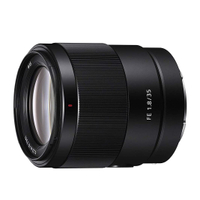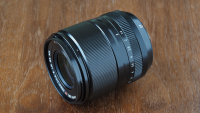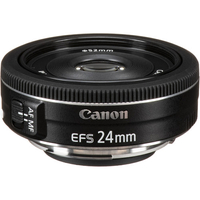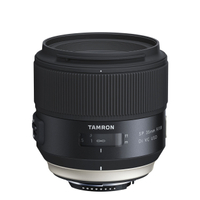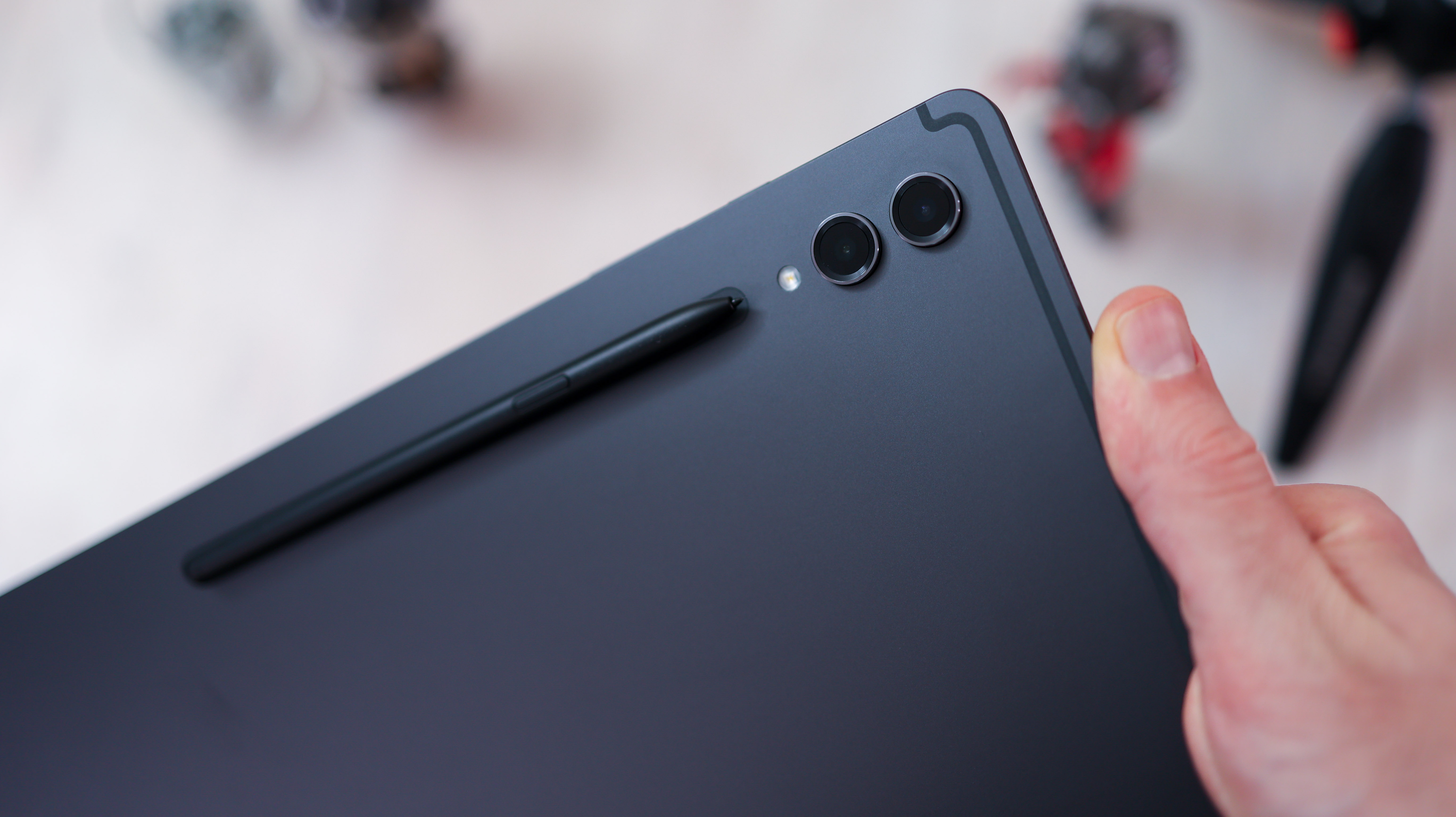The best lens for street photography in 2025: top options for every mount
A good prime is often considered the best lens for street photography. Here are our top picks for being discreet on the street

With the best lens for street photography, you shouldn’t even be thinking about your gear—it should let you react instinctively and immerse yourself in the moment. A great street photography lens really only needs two key qualities.
First, it should be small and discreet. A bulky zoom lens draws attention, which is the last thing you want when capturing candid scenes. Since street photography often means shooting for hours on end, a lightweight lens is also essential—no matter how good your camera strap is, a heavy lens will start to wear you down.
Second, it should fall within a practical focal length range. You need a wide-enough field of view to capture dynamic scenes without excessive distortion. The sweet spot for street photography is between 24mm and 50mm, offering a natural perspective while still allowing you to fit plenty into the frame.
So, what’s the perfect focal length? Most would say a 35mm prime lens. For decades, this has been the go-to choice for street photography and photojournalism, and with good reason. On a full-frame camera, 35mm is ideal. For APS-C sensors, a 24mm lens provides an equivalent field of view, while Micro Four Thirds shooters should look for something around 17mm.
Best lens for street photography
Why you can trust Digital Camera World
Best street photography lens for Sony
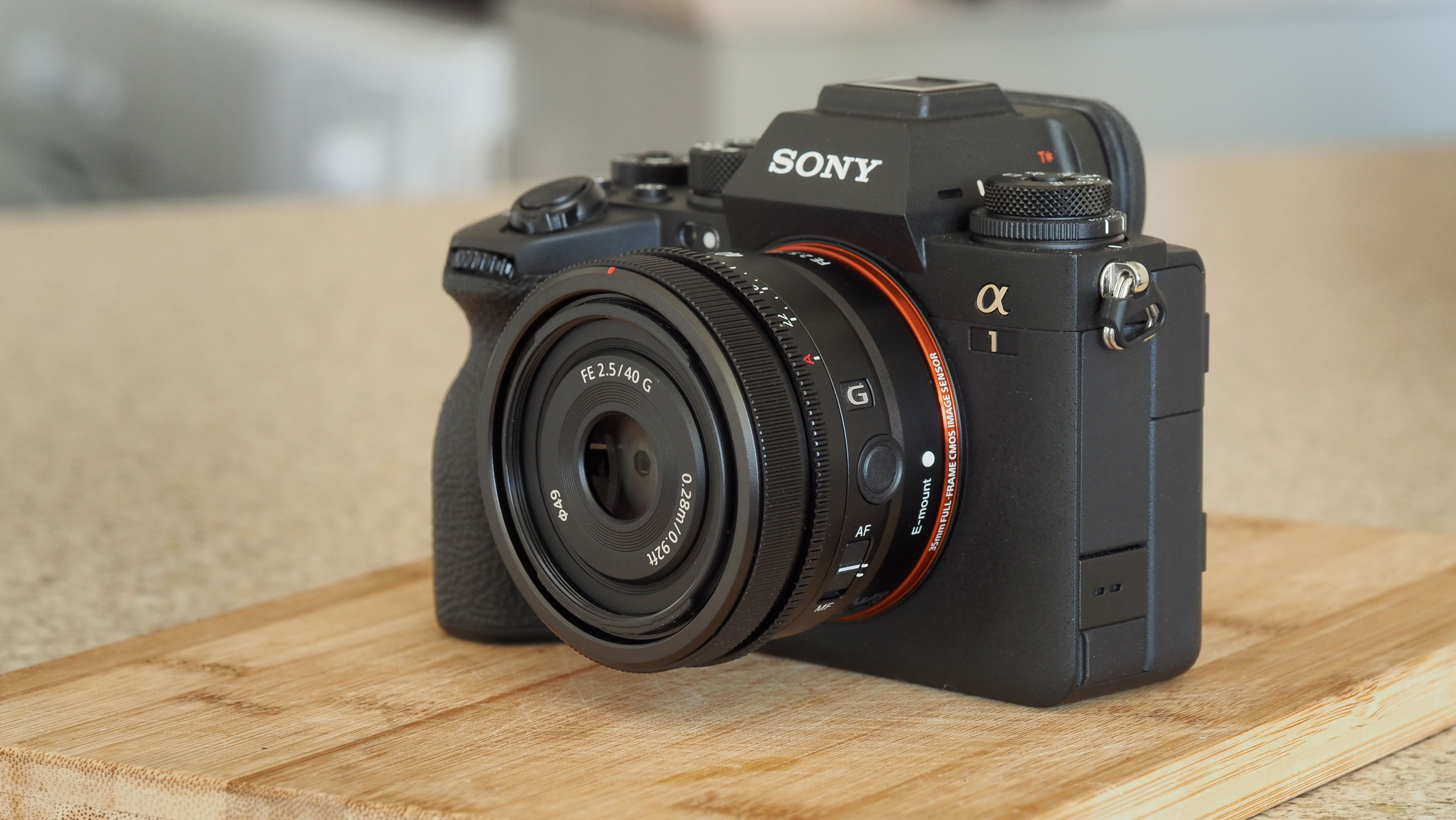
Specifications
Reasons to buy
Reasons to avoid
A lot of Sony's premium zoom lenses are really rather big and heavy. For photographers who are getting sick of carting this hefty optics around, the firm has started producing a series of small, lightweight primes, and this one might be the most useful of them all. The Sony FE 40mm f/2.5 G bears a focal length a shade below "standard", which is extremely useful for street photography. It's a G Master lens, and optically it's pretty much faultless, with incredible sharpness throughout the aperture range, across the frame.
This lightweight lens is perfect to attach to your Sony camera and just walk around with for hours. The balance and feel is so much better than it is with the hefty zooms, and the autofocus is fast and accurate enough to catch pretty much anything. Sony has done a really impressive job here, and any Alpha-using street photographer should definitely make this lens a primary consideration.
Read our full Sony FE 40mm f/2.5 G review for more details
Honorary mentions
Sony FE 35mm f/1.8
The new FE 35mm f/1.8 offers a balanced blend of performance, value, and handling, fitting neatly between the two options. Despite lacking weather-sealing, its quality build and fast focusing make it ideal for Sony users seeking a compact, sharp prime lens without the hefty price tag of Sony's G Master optics.
Best street photography lens for Fujifilm
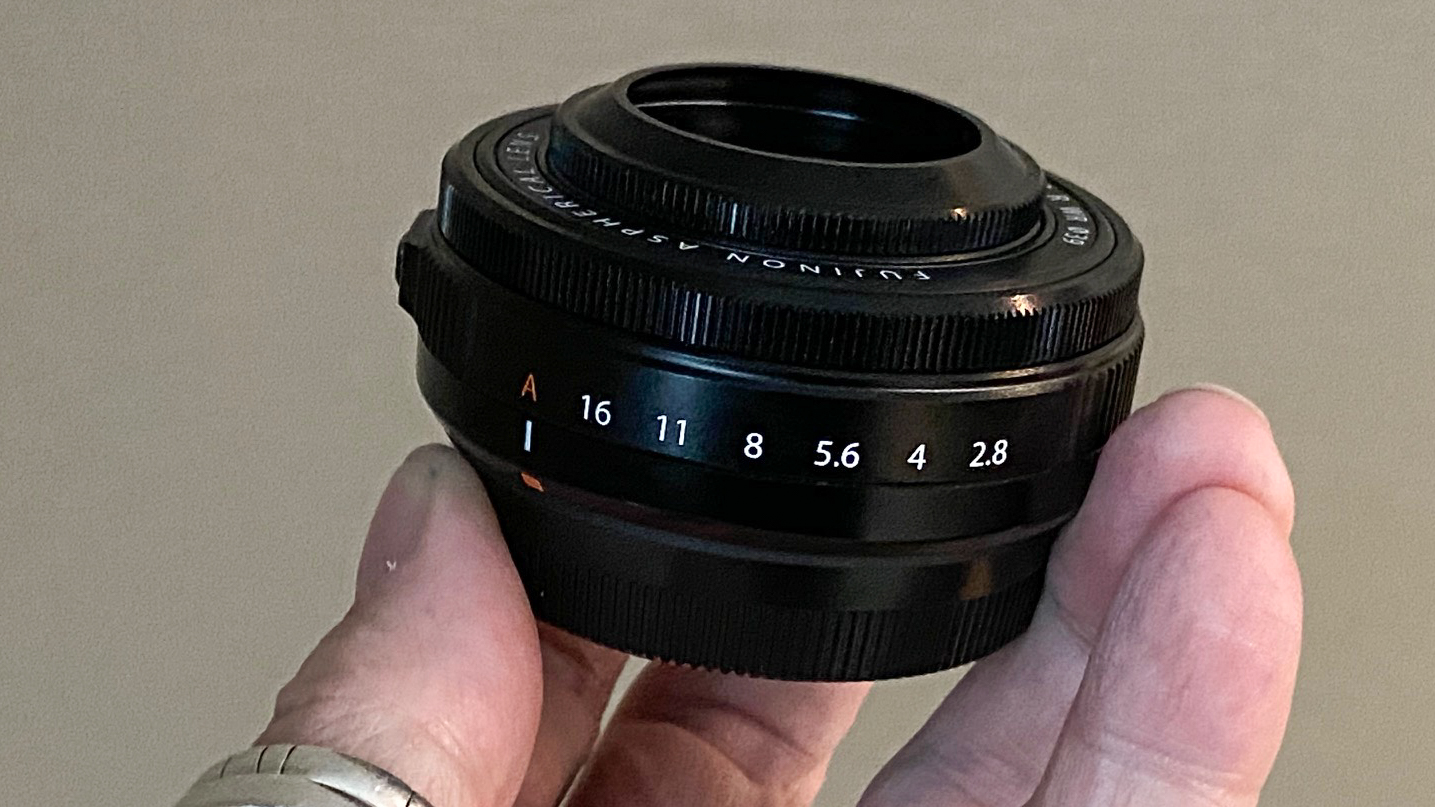
Specifications
Reasons to buy
Reasons to avoid
We're enthusiastic about the original Fujinon XF27mm lens for its remarkable slimness and exceptional edge-to-edge sharpness – qualities that make it an ideal choice for street photography.
This latest version maintains those high standards while introducing weatherproofing and a physical aperture ring, enhancing its appeal for capturing dynamic urban scenes. As a kit lens for the X-E or X-Pro ranges, it excels, offering portability and impressive sharpness.
Although Fujifilm's promise of a fast and silent autofocus motor didn't entirely meet expectations, this lens remains a top contender for street photographers seeking compactness and image quality that truly impresses.
Read our full Fujinon XF27mmF2.8 R WR review for more details
Honorary Mentions
Fujifilm XF 23mm f/1.4 R LM WR
If you are after the ultimate in image quality alongside a wide aperture for some creative background blur then the Fujifilm 23mm f/1.4 might be a better option for you. The downside is that this lens is much more expensive than the 27mm pancake.
Best street photography lens for Canon RF
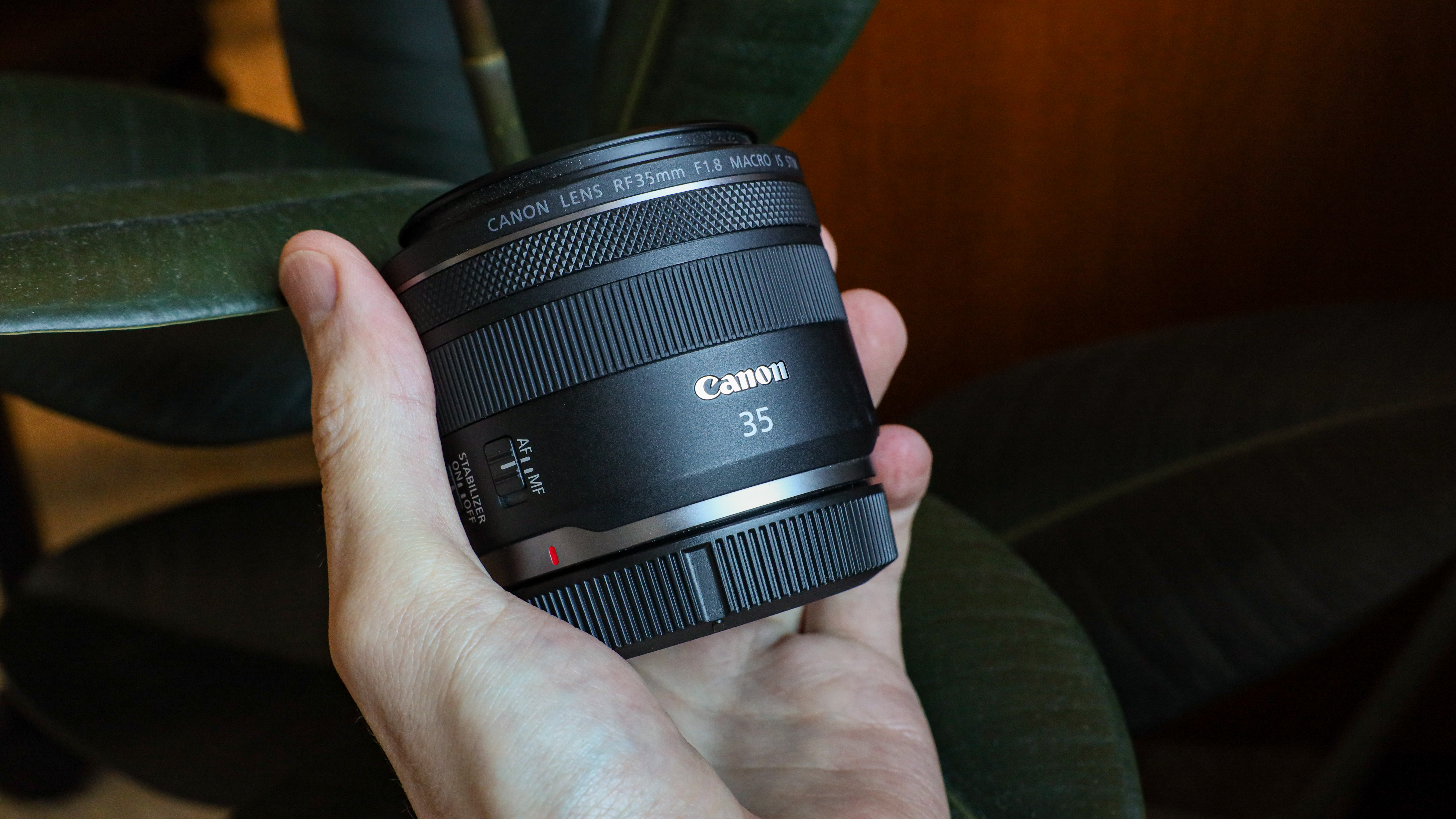
Specifications
Reasons to buy
Reasons to avoid
This 35mm prime for EOS R and RP cameras is conveniently compact. Its stepping motor autofocus system means there’s no focus distance scale or depth of field markings, which are often preferred for ‘zone focusing’ in street photography. However, a distance scale, focus peaking and focus guide options are all available in the shooting displays of Canon’s R and RP bodies. Both autofocus and manual focusing work wonderfully well when using these cameras’ electronic viewfinders or vari-angle rear screens.
Further highlights include a very short minimum focus distance that enables 0.5x macro magnification and a class-leading 5-stop hybrid image stabilizer that’s great for both regular and close-up shooting. Typical of RF lenses, an extra bonus is the customisable ‘control ring’ for adjustment of parameters like aperture, shutter speed, ISO and exposure compensation.
Image quality is simply stellar. The lens is super-sharp across the whole image frame and the vignetting that’s slightly noticeable at f/1.8 mostly disappears when narrowing the aperture to f/2. The small amounts of lateral chromatic aberration and barrel distortion can be fully corrected in-camera, and the hybrid image stabilizer lives up to its 5-stop billing. The macro facility is mostly superfluous for street photography but can nevertheless come in handy.
Read our full Canon RF 35mm f/1.8 IS Macro STM review
Best street photography lens for Nikon Z

Specifications
Reasons to buy
Reasons to avoid
This Nikon Z-series lens is expensive for a 35mm street prime, despite it having a fairly modest f/1.8 aperture rating. However, it’s much more high-tech than Nikon’s F-mount AF-S 35mm f/1.8G ED, thanks to three aspherical elements and additional ED elements. It features both Super Integrated Coating and Nano Crystal Coat, for effectively minimizing ghosting and flare.
The stepping motor-based autofocus system is fast and virtually silent, while enabling very smooth and precise manual focusing via its electronically coupled control ring. When in autofocus mode, you can customize the function of the control ring. Typical of most stepping motor lenses, there’s no focus distance scale. However, directional focus assist lamps and a focus peaking option are available in Nikon Z 6 and Z 7 cameras.
Image quality is fabulous, with particularly stunning centre-sharpness. As with other Z-series lenses that we’ve tested, the relatively large-diameter mounting plate helps to enable superb image quality across the whole frame, while sharpness in handheld shooting is boosted by in-camera stabilization.
Read our full Nikon Z 35mm f/1.8 S review
Best street photography lens for L-mount
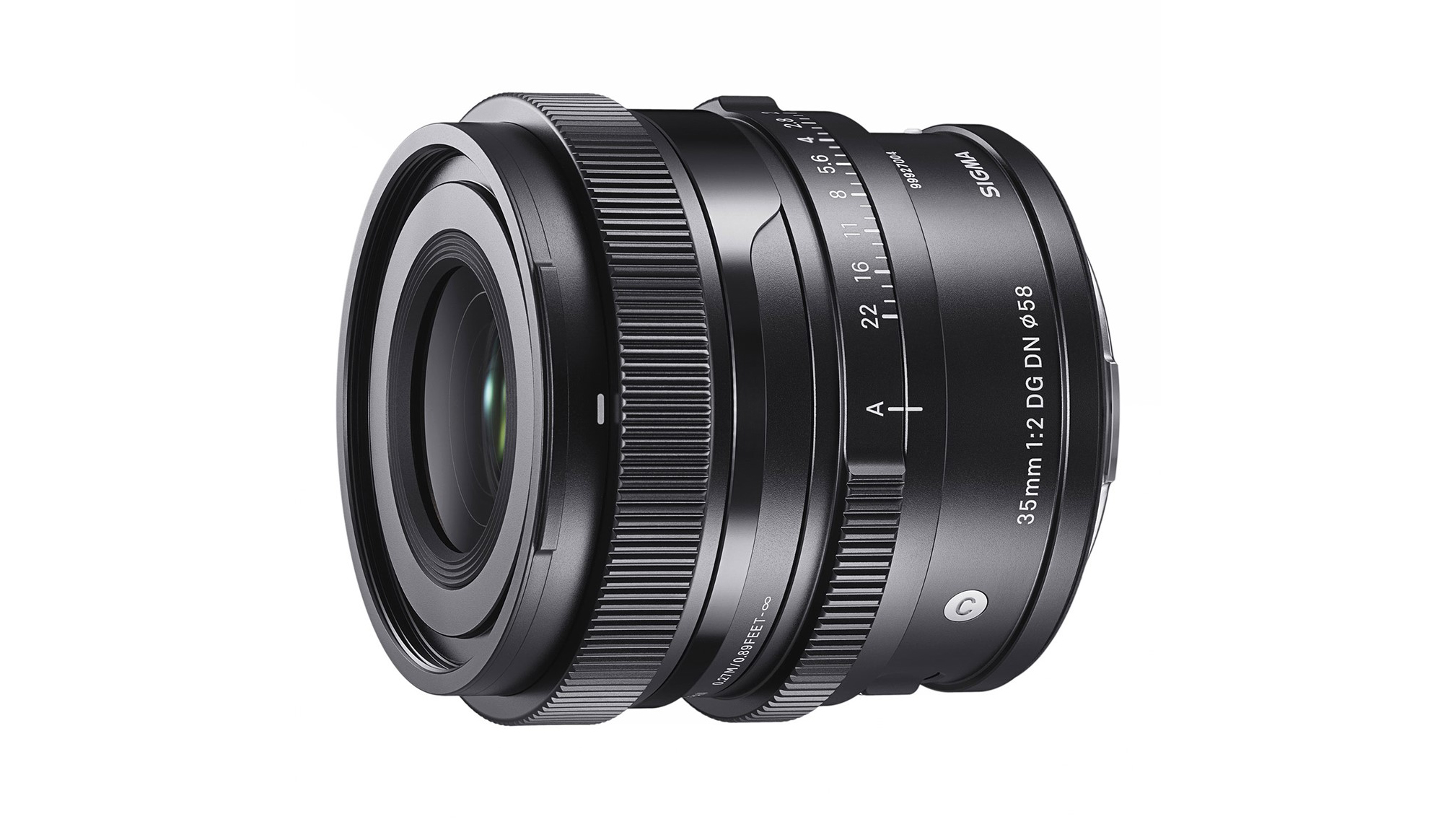
Specifications
Reasons to buy
Reasons to avoid
Sigma's spoilt us with large and fast 35mm prime lenses recently, including the excellent 35mm f/1.4 DG HSM Art and the monster 35mm f/1.2 DG DN Art lenses. The new Sigma 35mm f/2 DG DN Contemporary, as the name suggests, is part of the company's ‘Contemporary’ line-up and sports a more compact and lightweight build.
Weighing in at just 325g, it still features a full metal casing (and there's also a nice metal lens hood as well), while the aperture ring offers a very tactile alternative for shooting in manual and aperture-priority modes.
Focusing is fast and virtually silent, while sharpness is very good across the whole frame when shooting wide-open. The f/2 maximum aperture might not be quite as impressive as faster lenses, but this is a great little lens for everyday shooting.
This lens is the best street lens for L-mount cameras, but is also available as a very good option for Sony E-mount street photographers as well!
Read our full Sigma 35mm f/2 DG DN Contemporary review
Best Micro Four Thirds lens for street photography
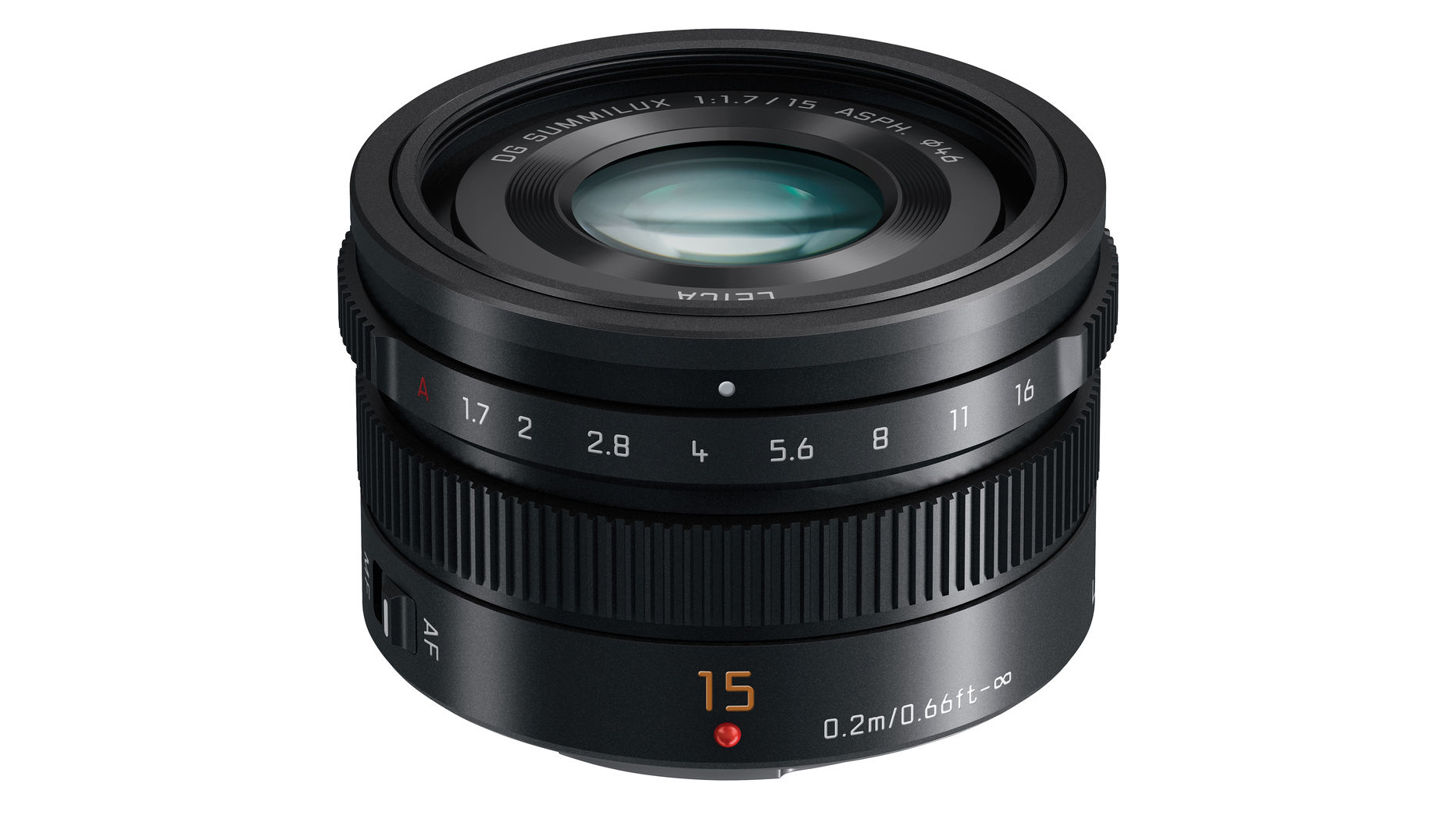
6. Panasonic Leica DG Summilux 15mm f/1.7 ASPH.
Specifications
Reasons to buy
Reasons to avoid
If you are looking for a Micro Four Thirds shooter then you have a lot of options for lenses, with Panasonic, Leica, and Olympus (now OM Systems) leading the charge with first-party options that are cross-compatible with any MTF camera. But the openness of the MTF mount means there are also numerous budget options with almost every focal length you can think of.
But here we are looking for the best MTF lens for street photography, and I think that it is the Panasonic Leica DG Summilux 15mm f/1.7 ASPH. This is a small and compact option perfect for blending in on the streets it offers a full-frame equivalence of 30mm, which is right in the sweet spot for street lenses. The lens is also well-built, which is guaranteed by Leica's seal of approval on this Panasonic lens. But whatever MTF brand camera you shoot with you can get excellent images.
Best cheap lens for street photography
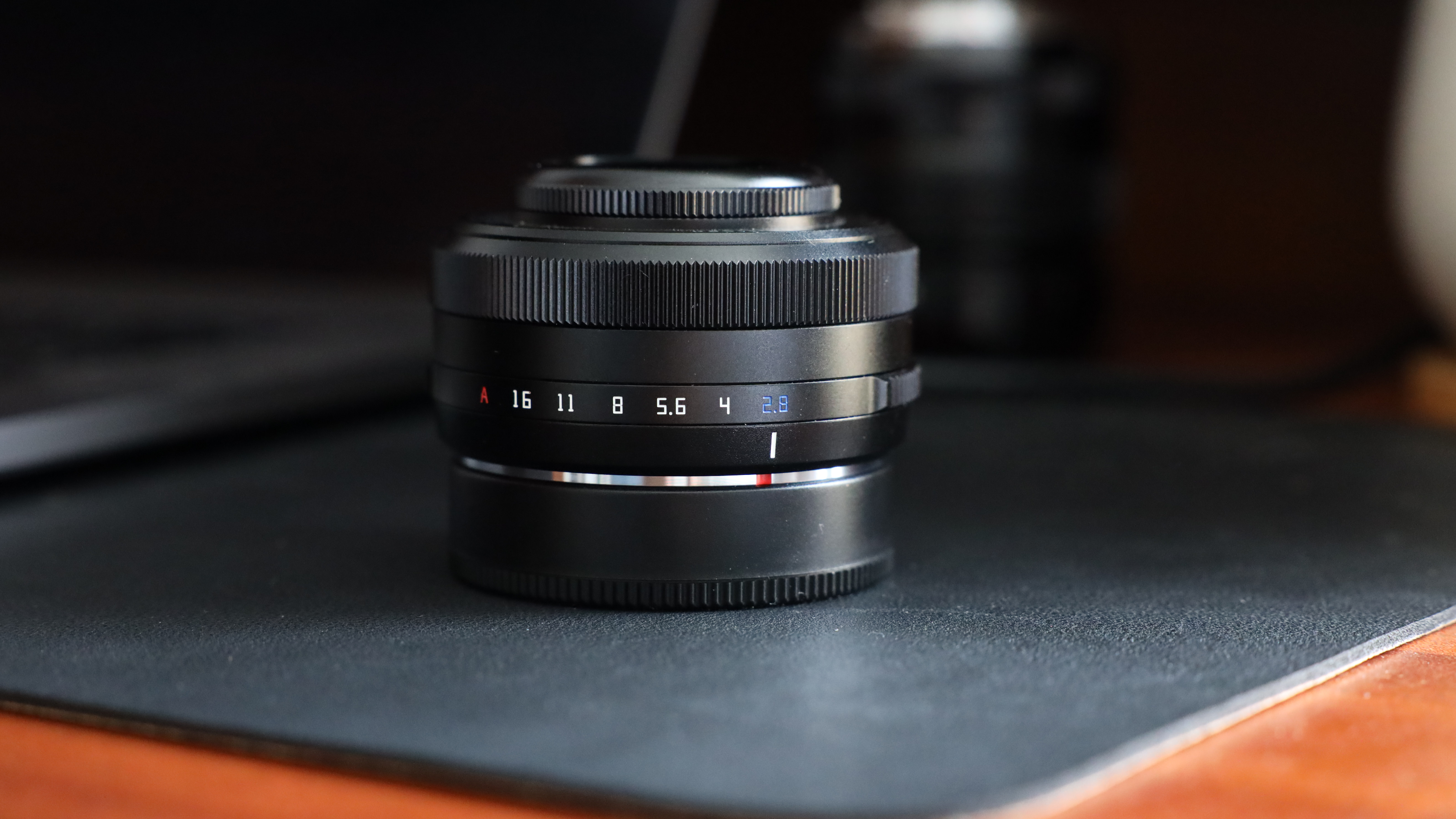
Specifications
Reasons to buy
Reasons to avoid
Looking to capture the essence of the streets without breaking the bank? Enter the 27mm AF lens from TTArtisan, a compact powerhouse tailor-made for street photography enthusiasts.
While it may not be flawless, its affordability combined with commendable image quality make it a worthy contender. Despite minor vignetting issues, its robust build, swift and silent autofocus, manual aperture ring, and sleek design earn it street cred. Granted, there are superior options available, but if budget is your bottom line, this lens is a savvy choice for your urban adventures.
Read our full TTArtisan AF 27mm f/2.8 lens review
Best street photography lens for Canon EF
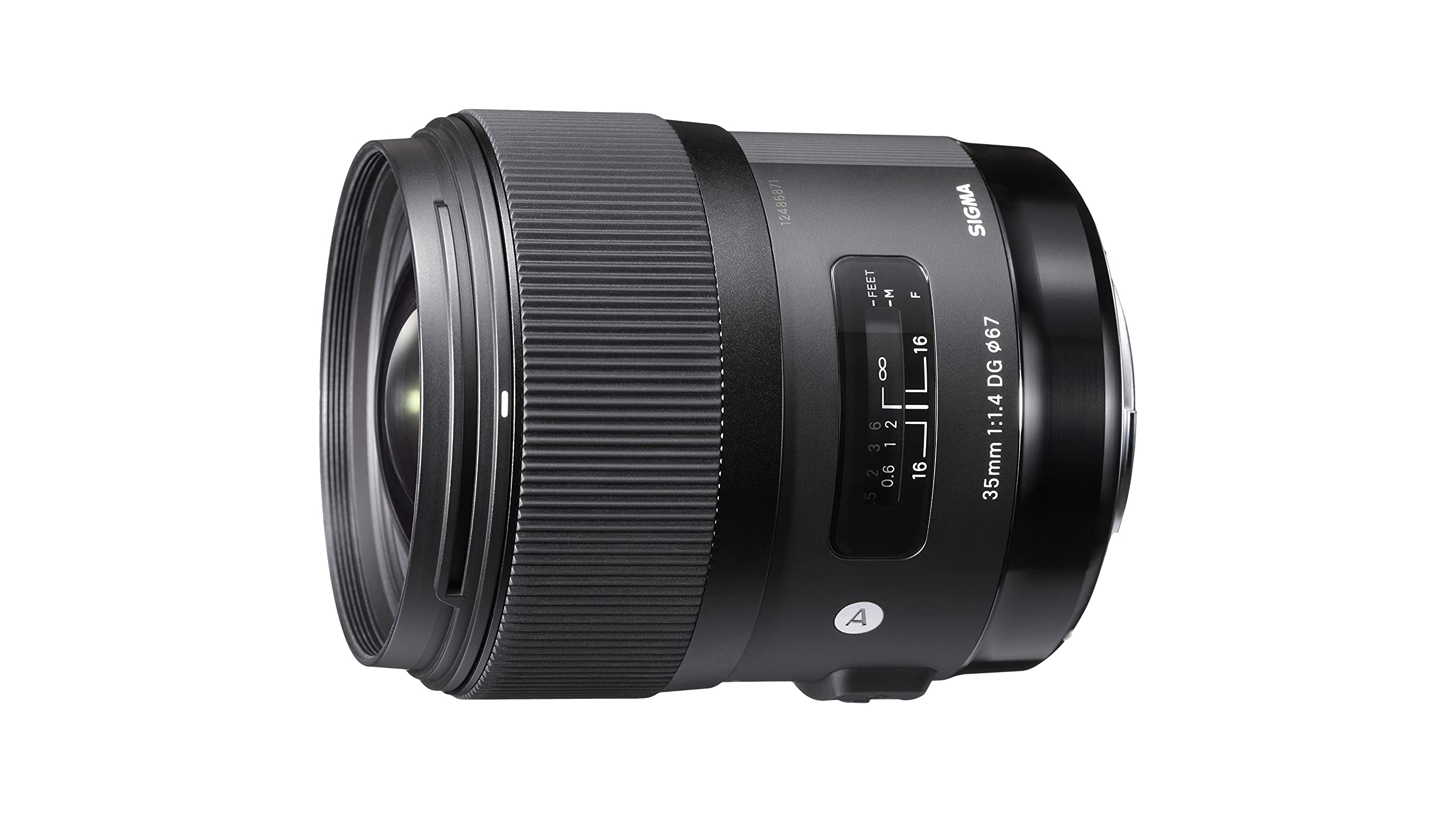
Specifications
Reasons to buy
Reasons to avoid
At 77x94mm and tipping the scales at 665g, this Sigma is smaller and lighter than the competing Samyang 35mm f/1.4 AS UMC AE manual-focus lens, although it’s still about twice that weight of Canon's EF and EF 35mm lenses.
Typical of Sigma’s Art prime lenses, it features a fast and whisper-quiet ring-type ultrasonic autofocus system, with the usual availability of manual override. For manual focusing, the reasonably generous rotational travel of the focus ring enables fine and precise adjustments. While the focus distance scale can be a bonus for manual focusing or setting the hyperfocal distance, depth of field markers are only applied for f/16, which makes zone focusing impractical.
The relatively complex and high-tech optical path includes two aspherical elements, one FLD (Fluorite-grade Low Dispersion) element, and four SLD (Special Low Dispersion) elements. Build quality is excellent throughout but the lens isn’t weather-sealed. In-camera corrections for lateral chromatic aberrations, peripheral illumination and distortion are available in most current and recent Canon DSLRs.
Image quality is pretty epic and the Sigma retains fabulous sharpness for an f/1.4 lens when shooting wide-open, right across the image frame. As you’d expect, things get even better when stopping down a little, and the lens is also a star performer in terms of minimizing color fringing and barrel distortion. It’s also very good value for such a high-tech, high-performance f/1.4 autofocus lens.
Read our full Sigma 35mm f/1.4 DG HSM | A review
Honorable mentions
Canon EF-S 24mm f/2.8 STM
This Canon lens for APS-C DSLRs boasts a slim 23mm profile and weighs just 125g. The autofocus is quick and quiet, though the manual focus ring is small. With a 38.4mm effective focal length, it may feel narrow for street photography, and lacks image stabilization despite the f/2.8 aperture.
Best street photography lens for Nikon F
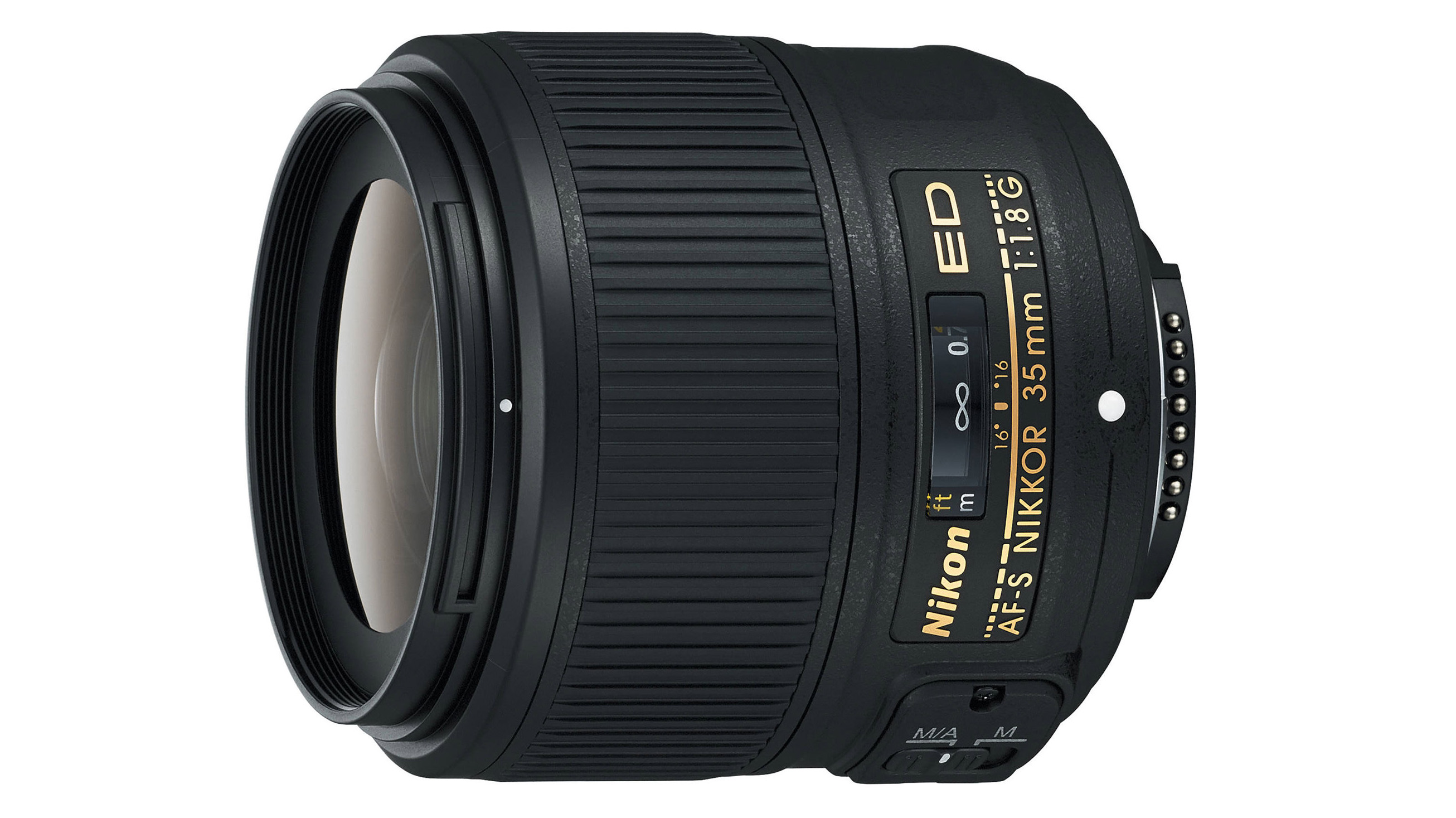
Specifications
Reasons to buy
Reasons to avoid
Compared with Nikon’s new Z series 35mm for its mirrorless cameras, this F-mount lens is smaller, lighter and much less expensive. Both lenses have the same f/1.8 aperture rating.
The ring-type ultrasonic system is typically quick and quiet, as well as enabling full-time manual override. There’s a focus distance scale but it’s of limited benefit for manual focusing, as there are no markings between 0.7m an infinity, and only rudimentary depth of field markers for f/16. Optical highlights include one aspherical element, one ED (Extra-low Dispersion) element and Super Integrated Coating.
Bearing in mind that this lens is less than half the weight of the competing Sigma 35mm f/1.4 DG HSM | A, it packs plenty of punch. Sharpness is mostly very good, contrast is excellent even when shooting wide-open, and there’s pretty good resistance to ghosting and flare. However, the seven-blade diaphragm isn’t particularly well-rounded and vignetting is very noticeable when shooting wide-open.
Read our full Nikon AF-S 35mm f/1.8G ED review
Honorable mentions
Tamron SP 35mm f/1.8 Di VC USD
This Tamron f/1.8 street prime, though slower than f/1.4 counterparts, offers compactness and optical stabilization, yet weighs more than Nikon's 35mm f/1.8G. With weather-seals, fluorine coating, and close focusing, it's versatile, but lacks depth of field markings for zone focusing.
Nikon AF-S 24mm f/1.8G ED
This Nikon lens, compatible with full-frame but providing a similar angle to a 35mm lens on DX bodies, boasts a compact f/1.8 aperture ideal for street photography. While lacking in solid build, it features weather-sealing.
How we test street photography lenses
We test lenses using both real world sample images and lab tests. Our lab tests are carried out scientifically in controlled conditions using the Imatest testing suite, which consists of custom charts and analysis software that measures resolution in line widths/picture height, a measurement widely used in lens and camera testing. We find the combination of lab and real-word testing works best, as each reveals different qualities and characteristics. See more on how we test and review at Digital Camera World.
Get the Digital Camera World Newsletter
The best camera deals, reviews, product advice, and unmissable photography news, direct to your inbox!
Matthew Richards is a photographer and journalist who has spent years using and reviewing all manner of photo gear. He is Digital Camera World's principal lens reviewer – and has tested more primes and zooms than most people have had hot dinners!
His expertise with equipment doesn’t end there, though. He is also an encyclopedia when it comes to all manner of cameras, camera holsters and bags, flashguns, tripods and heads, printers, papers and inks, and just about anything imaging-related.
In an earlier life he was a broadcast engineer at the BBC, as well as a former editor of PC Guide.
